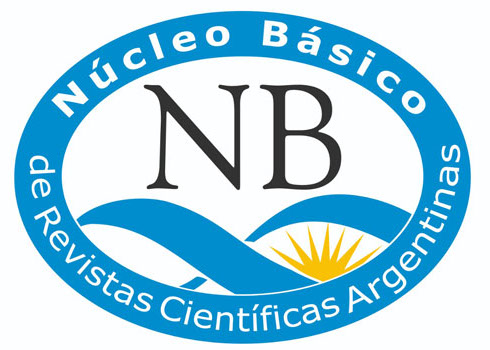Shape and size changes in the human skull: the effect of dietary transitions
Abstract
We evaluate different skull subregions to detect if changes in food consistency have an effect on size and shape variation. Three population economic transitions and three non-transitional populations were analyzed. Ninety 3D landmark coordinates were digitized in a sample of 459 skulls and analyzed using geometric morphometry. Additionally, the bite force was estimated for each group. Our results indicate size differences between transitions and cranial regions. The shape changes are concentrated in the temporal and masseter muscles insertion, which show an anteroposterior lengthening in the hard diet groups in relation to the soft diet groups. Other important changes occur in the zygomatic arch, which is wider in the hard diet groups. The bite force is overall higher in the groups representing the toughest diets.Downloads

Runa, archivos para las ciencias is a publication of the Instituto de Ciencias Antropológicas, Facultad de Filosofía y Letras, Universidad de Buenos Aires and is distributed under a Creative Commons Attribution 4.0 International License.
Runa maintains its commitment to the policies of Open Access to scientific information, considering that both scientific publications and publicly funded research should circulate on the Internet freely, free of charge and without restrictions.
The contents and opinions expressed in published articles are the sole responsibility of their authors.



















